 W
WJüri Arrak is an Estonian artist, a painter whose works with distinguished and recognizable style have won acclaim around the world.
 W
WGregor von Bochmann was a Baltic-German landscape and genre painter.
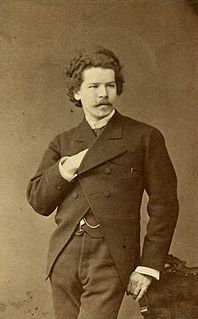 W
WOskar Georg Adolf Hoffmann was a Baltic-German painter from Estonia. He was best known for his landscapes and colorful depictions of Estonian peasants.
 W
WAndrus Johani was a painter from Estonia.
 W
WKalli Kalde is an Estonian painter, graphic artist and illustrator.
 W
WOskar Kallis was an Estonian artist, one of the main representatives of the Estonian national romanticism.
 W
WJaan Koort was an Estonian sculptor, painter and ceramicist.
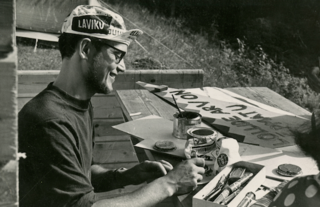 W
WKaarel Kurismaa is the first and one of the most important sound art and sound installation artists in Estonia. His work also expands into the field of painting, animation, public space monumental art, stage installations. In Estonian art history, Kurismaa’s significance lies mostly in the pioneering work with kinetic art and with keeping its traditions alive. Kurismaa stands as one of Estonian sound art scene’s central icons. His idiosyncratic work serves as a foundation for Estonian sound and kinetic art.
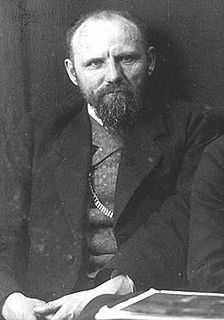 W
WAnts Laikmaa was an Estonian painter.
 W
WKarin Luts was considered the leading Estonian woman painter and a graphic artist.
 W
WKonrad Vilhelm Mägi was an Estonian painter, primarily known for his landscape work. He was one of the most colour-sensitive Estonian painters of the first decades of the 20th century, and Mägi's works on motifs of the island of Saaremaa are the first modern Estonian nature paintings.
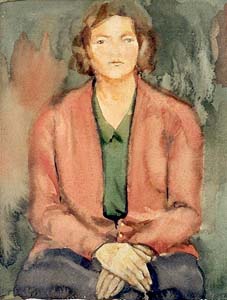 W
WLydia Mei was an Estonian artist who specialized in watercolors.
 W
WPeeter Mudist was an Estonian painter, sculptor, and print-maker whose works have received multiple awards. He was also a member of the Estonian Artists' Union.
 W
WAleksander Mülber was an Estonian painter.
 W
WSergei Alexander Nelke was an Estonian-American artist in the mid to late 20th century. He is primarily known as marine and landscape artist specializing in square rigged sailing vessels.
 W
WMall Nukke is an Estonian artist. A printmaker by training, she is primarily known for her paintings, collages and installations influenced by pop art. Mall Nukke emerged on the Estonian art scene in the early 1990s, her work at the period can be seen as commentary of nascent mass culture and consumer society in newly independent Estonia. Her early collages combined various cultural references and created new media characters based on real entertainers and public figures. Since the 2000s, Mall Nukke has concentrated on creating photo-manipulations and mixed media paintings inspired by Eastern Orthodox icon art.
 W
WKarl Pärsimägi was an Estonian Fauvist painter.
 W
WAleksander Promet was an Estonian painter and graphic artist.
 W
WKristjan Raud was an Estonian symbolist painter and illustrator who was one of the founders of the Estonian National Museum. Folklore elements figure heavily in his subject matter and his style is reminiscent of Primitivism. His twin brother, Paul, also became a well-known painter.
 W
WPaul Raud was an Estonian painter.
 W
WEndel Ruberg was an Estonian-Canadian artist, naturalist, and humanitarian. He is best known for his leather and watercolour artwork as well as his volunteer work with children.
 W
WMart Sander is an Estonian singer, actor, director, author, artist, and television host.
 W
WEugen Sterpu, is a painter, as was his Estonian wife Viive Sterpu. Sterpu lives and works in Tallinn, Estonia.
 W
WViive Sterpu was an Estonian artist married to fellow artist Eugen Sterpu. She lived and worked in Tallinn, Estonia.
 W
WOlev Subbi was an Estonian artist.
 W
WBalder Tomasberg was an Estonian artist.
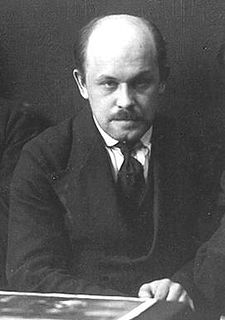 W
WNikolai Voldemar Triik was an Estonian Modernist painter, graphic artist, printmaker and professor. His work displays elements of Symbolism and Expressionism.
 W
WVälko Tuul was an Estonian painter.
 W
WTeodor Ussisoo was an Estonian pedagogue, furniture designer, and interior architect. Attended a district school between 1888–94 and a railway technical college in Tallinn between 1895 and 1898. In 1909 he graduated in furniture making in Leipzig, Germany, and in 1913 interior architecture at the Köthen Technical Art School. He worked as a school teacher in Tallinn and was appointed the head of the State Technical School in 1922. Ussisoo was responsible for the designs of the first Estonian kroons and postage stamps issued after the establishment of the Estonian republic in 1918. Ussisoo was arrested by the Soviet occupation authorities in 1949 and deported to Krasnoyarsk Krai and was released in 1956. His son Uno Ussisoo was an encyclopedist and translator.
 W
WAleksander Uurits was an Estonian painter and graphic artist.
 W
WAdo Vabbe was an Estonian painter, graphics artist, and teacher.
 W
WAgaate Veeber was an Estonian graphic artist and illustrator who began her career in the 1920s in her native country of Estonia and continued in the United States after immigrating in 1948.
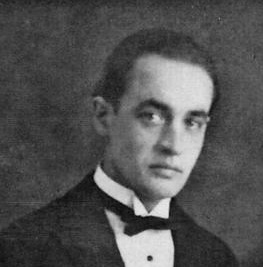 W
WKuno Veeber was an Estonian painter and graphic artist whose career began in the late 1910s.
 W
WMare Vint was an Estonian graphic artist. In her work, Vint mostly depicted an "ideal landscape".